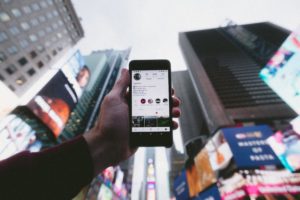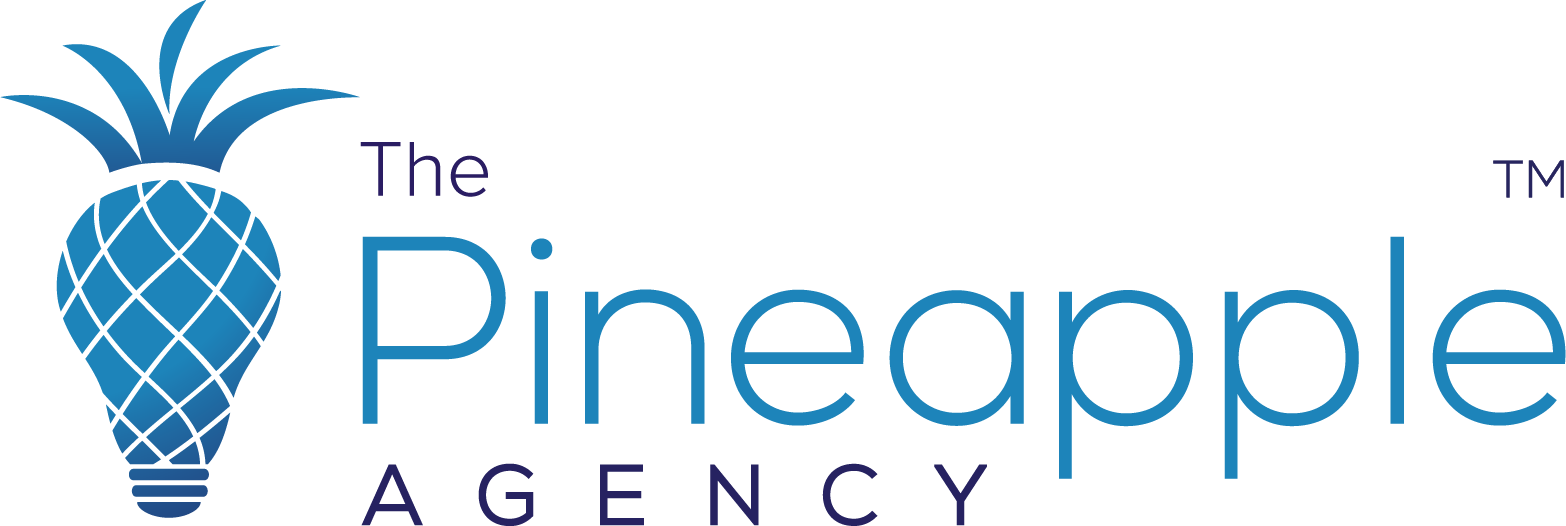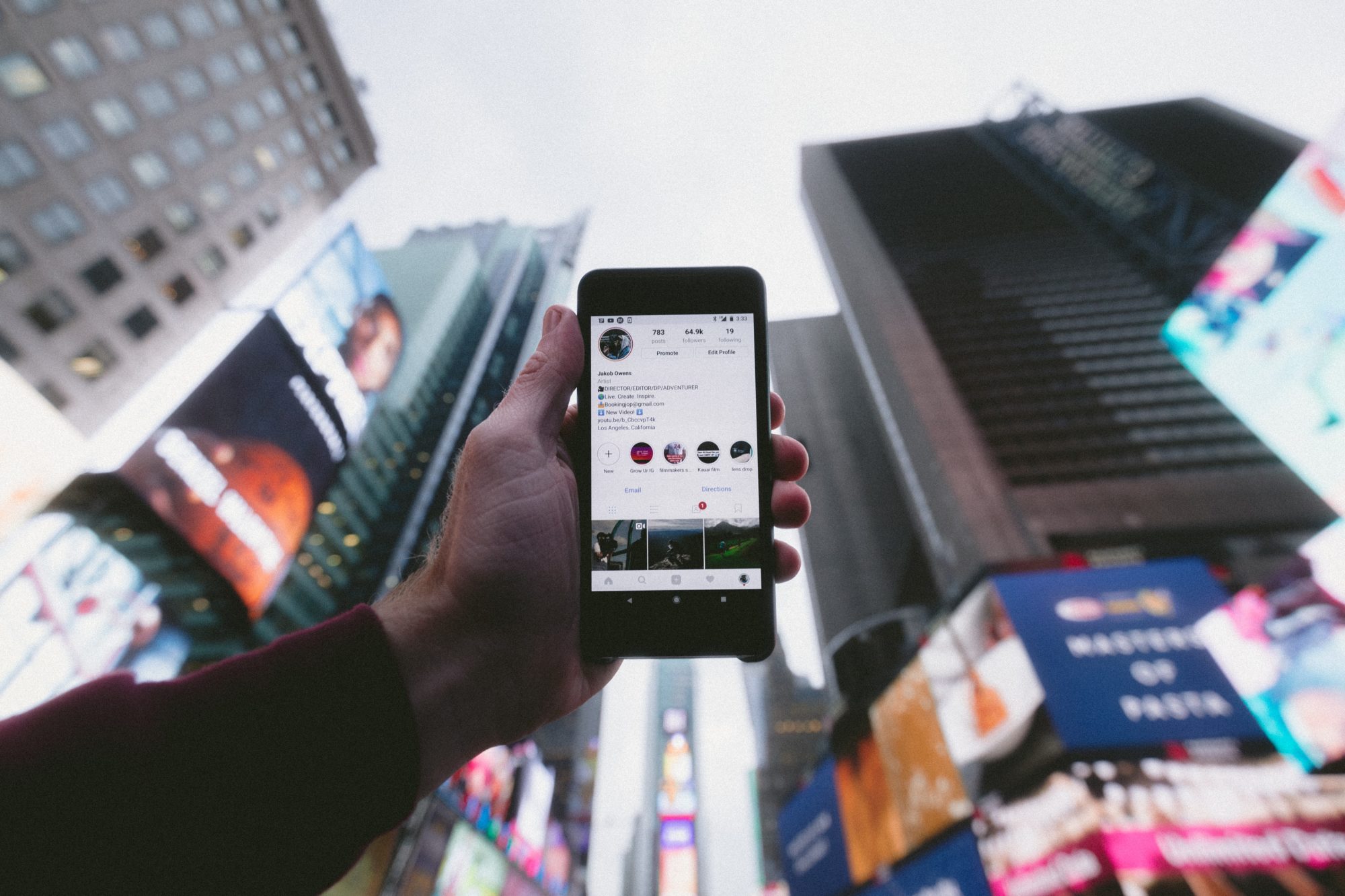The Benefits of Combining Social With An Experiential Marketing Strategy

The business world is more competitive than ever. While the internet facilitates and simplifies many aspects of marketing for consumers, it has also leveled the playing field in a way that’s made it even trickier to stand out from the competition. Furthermore, it’s made consumers even fickler than ever. After all, if they don’t like the messages they’re seeing, they can simply click their way to greener pastures. As a result of these and related phenomena, experiential marketing strategy has quickly become one of the most effective ways to stand out in such a noisy marketplace of goods, services, and brands. When combined with social media, experiential marketing strategy can take your brand to places you’ve never dreamed.
The Benefits of Combining Social With An Experiential Marketing Strategy
On its own, experiential marketing is an excellent way to engage directly with consumers. By giving them a way to actively participate in the evolution of a brand, you simultaneously enhance loyalty and influence their future buying decisions. What’s not to like about that? Nothing, of course! Still, unless you’re a very large, visible brand, getting people involved in your experiential marketing events can be difficult. That’s where social media comes in. The key is engaging consumers where they are, and currently, most of them spend copious amounts of time on social media.
Social Media Marketing Evolved
The marriage of social and experiential has been a winning combination for some time. There have been some pretty great examples in recent years, for example, for Fashion Week 2014, Marc Jacobs set up the Daisy Marc Jacobs Tweet Shop, which only accepted “social currency” as payment. By social currency, the brand meant mentions on major social media channels. Consumers were instructed to tweet about the brand using the hashtag #MJDaisyChain and could then use those posts as currency with which to make purchases from the shop. Talk about a seamless blending of social media and experiential marketing!
Fortunately, you don’t need to have the clout or resources of Marc Jacobs to make the most of experiential and social. A very popular experiential marketing technique is to hold a pop-up event for a brand. It must be engaging enough to compel attendees to want to participate. The question, though, is how to ensure event awareness. The usual tactic is to hold the popup somewhere where there’s guaranteed to be a ton of foot traffic–preferably of the desired target demographic. By using social media to raise awareness, pop-up events have a better shot at being successful and garnering the desired attendance.
In addition to marketing special experiential events, social media can also be used to engage consumers after events to keep your brand top of mind with engaged consumers. For example, consumers can be encouraged to share their experiences on social media in exchange for coupons or other offers after the event. When it comes to experiential, social can truly aid in its effectiveness. We like to think of social as the peanut butter to experiential’s apples. There’s nothing wrong with taking a dip and seeing how sweet it can be for your events!



